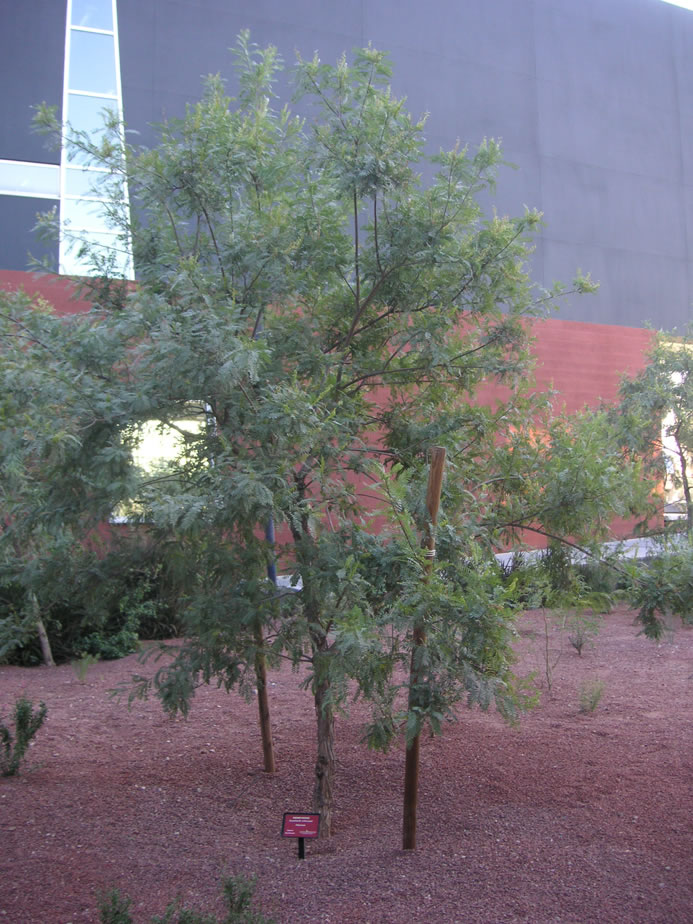Kidneywood - A Native Tree. A Sustainable Choice for Small Spaces.
Kidneywood - A Native Tree. A Sustainable Choice for Small Spaces.
by Greg Corman, Owner Corman Art and Landscape Design
Got a small space? Plant a small tree! That sounds like obvious advice, but a quick drive through any neighborhood will yield several examples of the obvious being dismissed: broad trees planted near roadways and “pruned” by passing trucks, tall trees cut into “V’s” to fit around utility lines, and trees chopped up or down to clear signs at commercial sites. Save yourself such trouble by choosing a tree that fits the space.
Landscape Use:
For a small residential scale yard, consider a small native species called Kidneywood (Eysenhardtia orthocarpa). This delightful tree is thornless, so it’s especially good for patios plus, it’s clean and easy to maintain! It sports a lacy canopy of fine foliage which casts light shade and makes it a perfect overstory plant for flowering shrubs, succulents, and grasses. In spring, it perfumes the air with small white flowers which draw butterflies and other pollinating insects.Kidneywood is a top choice for patio and pollinator gardens and pairs well with “grassy” plants like Hesperaloe and Beargrass, plus evergreen or winter flowering shrubs like Baja fairy duster, Turpentine bush, and Chuparosa.

Cultivation and Special Care Instruction:
In natural settings, Kidneywood is a multi-trunked shrub, but it is easily formed into a single-trunked tree and will reach a mature size of 20’ tall and 12’ wide with regular bi-weekly irrigation. It appears to tolerate most well-drained soils. The tree is both drought and cold deciduous, but remains nearly evergreen in protected spots. Rabbits will commend you on your excellent choice and will graze on it with relish, so protect small Kidneywood trees with barriers until they develop a tough layer of bark.
For more information on this amazing plant, including the location on the University of Arizona Campus, see the full species description page here
- Log in to post comments



